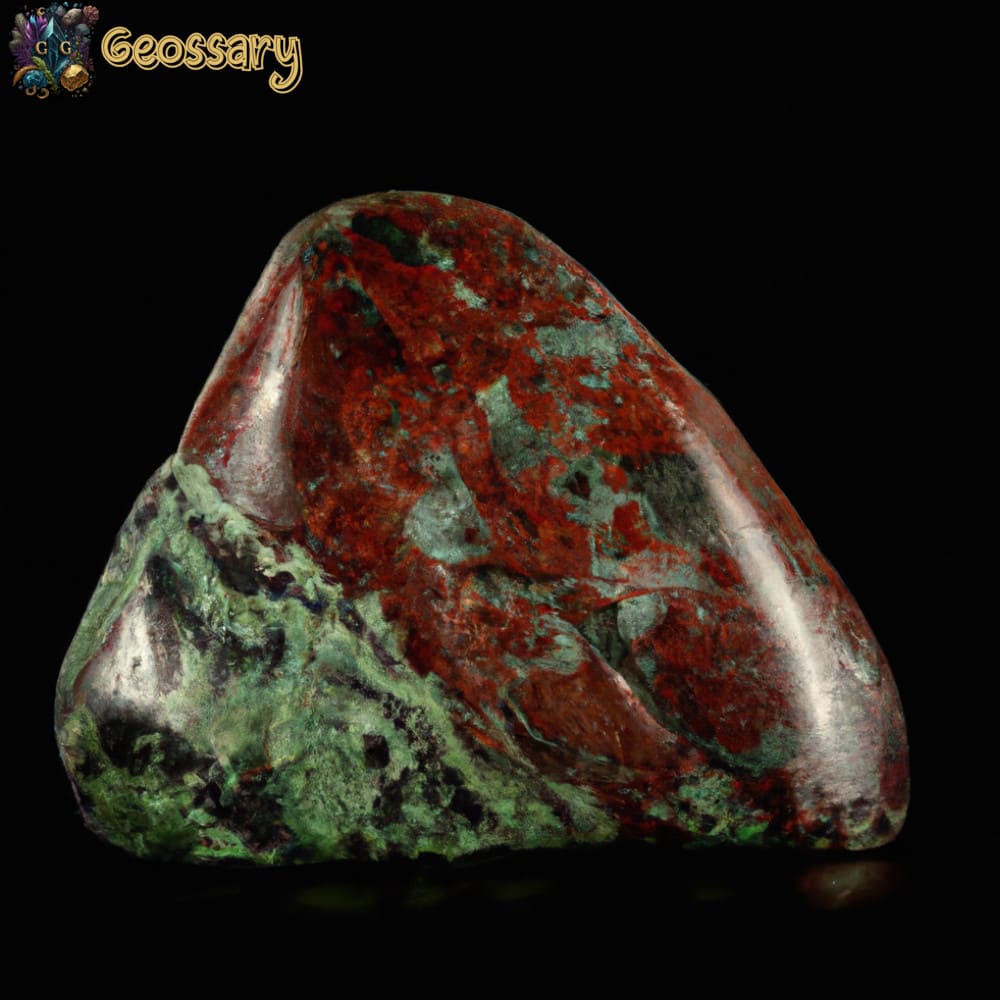Chert is the general term for fine-grained siliceous sedimentary rock of biogenic, biochemical, or chemogenic origin. It is made up of fine-grained silica, with only trace amounts of impurities.
By contrast, modern siliceous sediments can have a high proportion of impurities, either biogenic carbonate or siliciclastic muds. Extremely pure siliceous oozes are relatively rare deep-water facies, so the pure chert production process usually requires diagenetic purification.
The cherts they are generally divided into stratified or layered cherts and nodular types (table 1).
| Types of cherts | subtypes | nature and origin |
| Stratified or layered chert | Radiolarian chert, diatomaceous chert, rich spicule chert, black chert, jasper | Mainly of marine origin (some lacustrine); they comprise partly recrystallized quartz and partly biogenic remains, plus minor impurities. |
| nodular chert | Flint | Nodular chert found in chalk. |
| Silcrete | Nodular or encrusting chert formed in certain soils or as a surface coating. | |
| Partially lithic siliceous sediments | radiolarite | Rich in radiolaria |
| diatomite | Rich in diatomites | |
| spiculite | Rich in sponge spicules. | |
| porcelain | Hard siliceous sediment (general term). | |
| Non lithic siliceous sediment | siliceous exudate | Unconsolidated soft siliceous sediment (general term). |
| Hybrid siliceous sediments | Sarl | Siliceous mud (unconsolidated). |
| smarl | Siliceous calcareous mud (unconsolidated). | |
| siliceous limestone | Siliceous carbonate sediment. | |
| siliceous tuff | Siliceous volcaniclastic sediment. |
The former develop mainly from primary accumulations, while the latter have a diagenetic origin that, however, reflects the primary deposition of siliceous sediment.
Both are very common throughout the geological record.
Specific names have been given to particular types of flint: the very fine-grained, mostly black, nodular flint common in Cretaceous chalks
The jasper is a red chert, the coloring due to finely disseminated hematite.
The black chert is a variety of dark color and rich in organic matter that can occur both in bed and in nodular form.
Impure rocks, where there is a significant or even dominant admixture of clays or carbonates, are known as siliceous shales and siliceous limestones, respectively.
Silica-rich sediments now cover large areas of the ocean floor, particularly below areas of high organic productivity, and are also found in some lakes.
Relatively pure siliceous oozes are known as radiolarian or diatom oozes, depending on the dominant microfossil component.
Diatomites, radiolarites, and spiculites are also partially lithified sediments that are still opal-rich.
Sedimentary features of the chert
The chert it is a hard rock that splinters with a conchoidal fracture when struck.
They are subject to intense diagenetic recrystallization and remobilization that typically partially or completely obscures the primary depositional features.
Of the two main types, stratified cherts retain more of their original characteristics, including lamination, cross-lamination, grading, etc.
The color depends on the impurities, and ranges from white/pale gray (pure), to browns and reds (traces of iron), greens (traces of iron from chlorite or smectite clays in volcaniclastics), to darker grays and blacks ( clays and organic carbon).
Strata
The cherts Stratified are generally 1–10 cm thick, but can be 30 cm thick, with slightly irregular to wavy margins, usually appearing in successions of mud, volcanic, or limestone rock.
The cherts nodulares occur as ovoid to irregular nodules, of highly variable size (long diameter typically 1 – 30cm), commonly concentrated along bed planes, and in some places coalescing to form semi-continuous irregular layers.
structures
Cherts that occur in layers are typically massive (primary or diagenetic) or finely laminated, indicative of marine turbiditics.
Primary structures are mostly absent or poorly preserved in nodular cherts.
Texture
Many layered cherts are dominated by an equivalent mosaic of microquartz crystals, along with some chalcedonian quartz, effectively obscuring the original grain size characteristics; some reveal original particles of sand, silt and clay, including the draw.
In nodular cherts, the original grain size texture is usually destroyed as dispersed biogenic silica dissolves and reprecipitates as opal at nodule growth points. At a later stage this matures to quartz.
Composition
In biogenic cherts, the parent components are mainly siliceous microfossils (radiolaria, diatoms, and spongy spicules), plus siliciclastic and calcareous impurities and, in some cases, relatively high traces of organic carbon and phosphates.
Radiolaria occur in Cambrian to recent sediments, while diatoms first appeared in the Triassic, remaining rare until the Cretaceous.
These siliceous components usually recrystallize from quartz, although careful examination may reveal remnant sand-sized spheres, disks, and spines. Nodular cherts are dominated by pure microquartz, macroquartz, and chalcedonic quartz formed as replacement cement and pore fill within the carbonate or other host sediment.
Idea
The cherts they occur in minor numbers throughout the geological record.
In the bed plates of Precambrian successions and in association with volcanic sediments (especially those of acid or intermediate derivation), the silica may, at least in part, be of direct volcanic origin.
Other layered cherts most likely have a primary biogenic origin, produced by pelagic rainfall of common siliceous planktonic organisms beneath regions of high surface productivity.
In some cases, siliceous sediments on the shelf and upper slope have resedimented downslope producing chert turbidites.
Nodular cherts, on the other hand, are mostly diagenetic in origin.
They usually occur within limestone hosts, less frequently in mud rocks.
Silica was originally biogenic and was most widely dispersed through pelagic or hemipelagic sediments.

